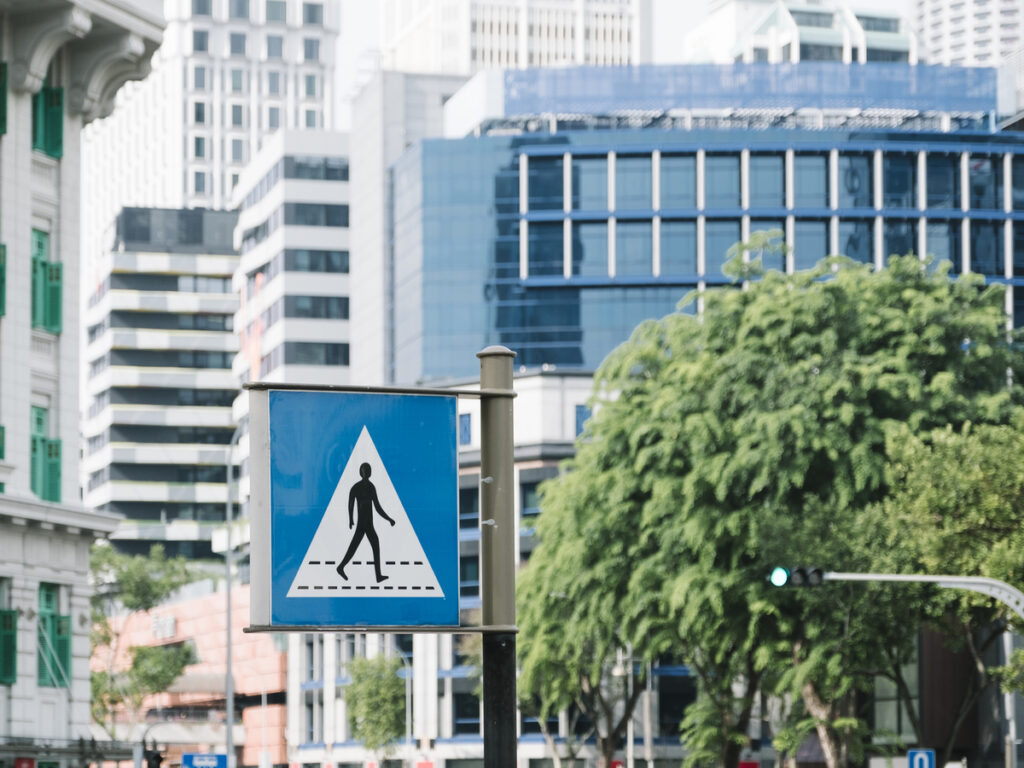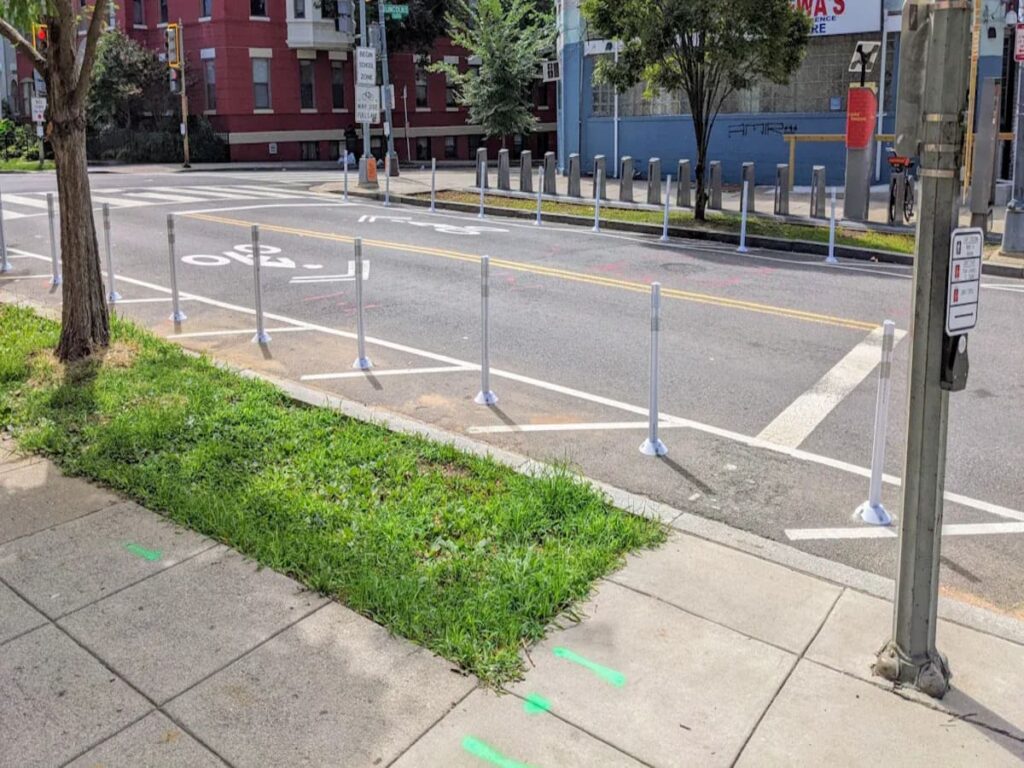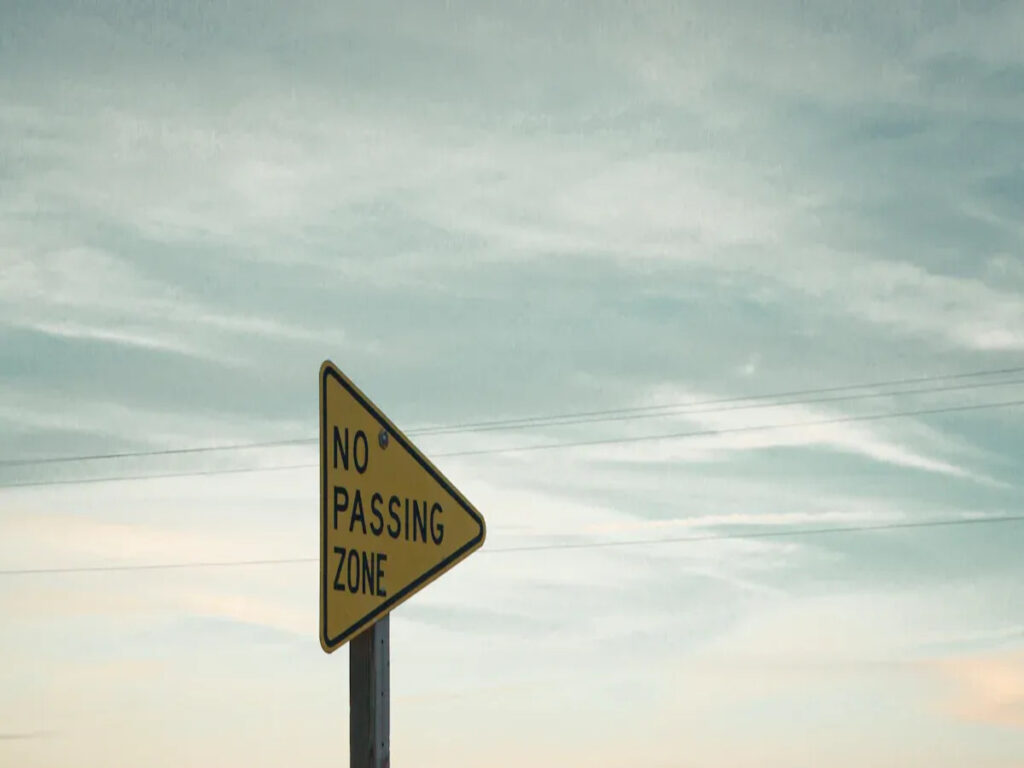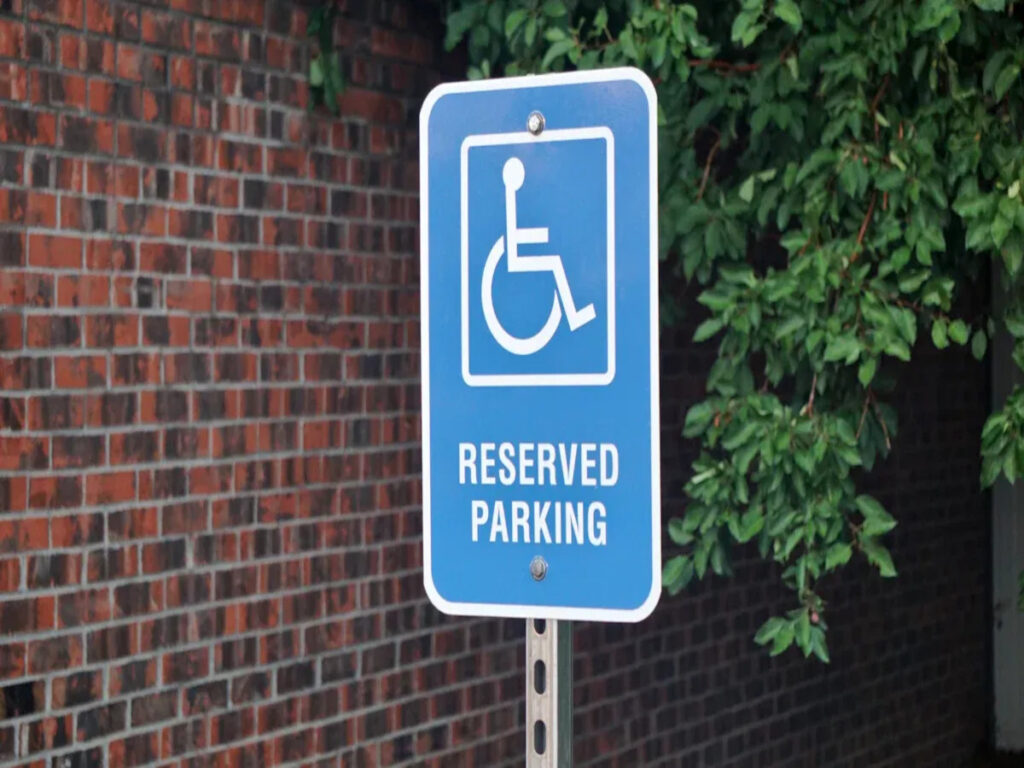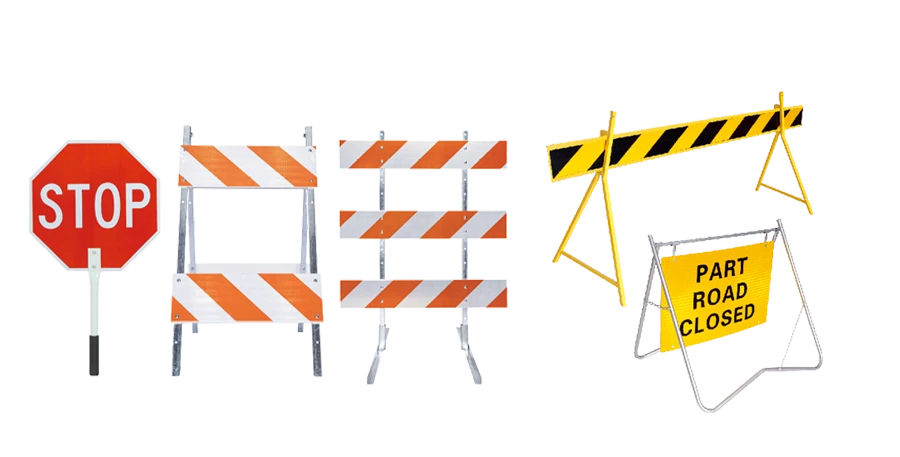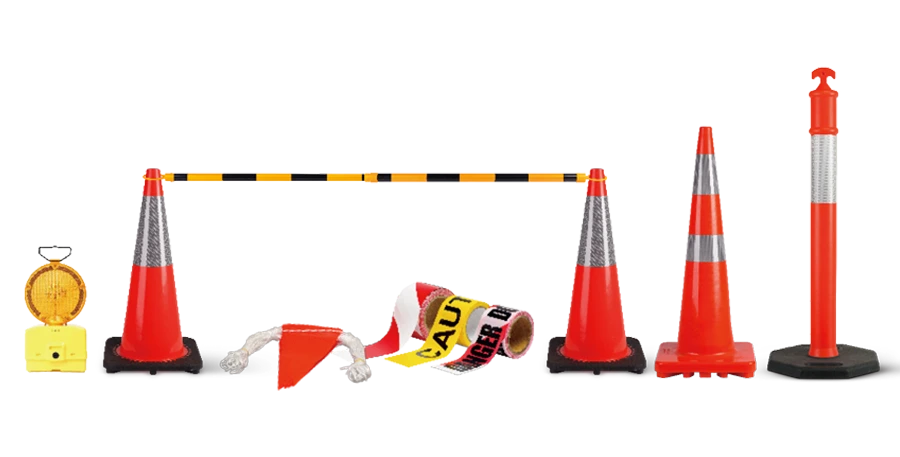
Surface treatment is very important for reflective sign mounting. The type of metal changes how well the sign sticks. Aluminium with a good finish makes the sign last longer. It also helps the sign look nice for a long time. Some finishes keep the metal safe from rain and rust. Mill finish aluminium comes right from the factory. Pre-treated aluminium goes through more steps to work better. A sign with the best finish can handle tough weather outside. This helps keep roads safe. Good metal makes every reflective sign work well.
OPTRAFFIC provides high-quality aluminium substrates and surface-treated materials to ensure your reflective signs remain durable, compliant, and professional, no matter the conditions.
Aluminium Types
Mill Finish Aluminium
Mill finish aluminium comes right from the rolling mill. It looks dull and silvery. You can see lines or small marks on it. The surface has a very thin oxide layer. This layer does not protect much from rain or salt. Mill finish aluminium is soft and bends easily. It costs less than other types. But it scratches quickly and does not hold reflective sheeting well. Signs made with this finish may not last long outside.
Note: Mill finish aluminium works best for signs inside or for short use. It is not good if the weather is bad.
Pre-Treated Aluminium
Pre-treated aluminium gets extra steps before use. Factories clean it to take away dirt and grease. They might use chemicals to make the surface brighter or rougher. Some pre-treatments, like chromate conversion, add a special layer. This layer helps stop rust and makes the finish last longer. Powder-coated aluminium is another kind. It gets a dry powder that is baked on for colour and protection. These finishes make the metal stronger. They also help reflective sheeting stick better.
| Pre-Treatment Type | Process Details | Surface Benefits |
|---|---|---|
| Chemical Pre-Treatment | Cleaning, deoxidising, etching, brightening | Takes away dirt, makes the surface even, helps things stick and stops rust |
| Mechanical Pre-Treatment | Polishing, shot peening, sandblasting | Makes the surface harder, removes marks, gets ready for more finishes |
Pre-treated aluminium is good for signs outside. This finish keeps the metal looking nice and helps signs last longer.
Anodised Aluminium
Anodised aluminium has a special finish made by electricity. This process makes a thick oxide layer, about 25 microns, on the metal. The finish looks shiny and can have colour. Anodised aluminium is much harder than mill finish aluminium. It does not scratch easily and stands up to rain and salt. This metal can last over 20 years outside. The thick oxide layer protects the finish and helps reflective sheeting stay on. Anodised aluminium is harder to bend but gives the best protection for signs in tough places.
| Property / Finish | Mill Finish Aluminium | Pre-treated Aluminium | Anodised Aluminium |
|---|---|---|---|
| Oxide Layer Thickness | Very thin | Changes with treatment | About 25 microns |
| Surface Appearance | Dull, has lines | Smoother, more even | Shiny, can have colour |
| Corrosion Resistance | Low | Better | Very high |
| Durability | Soft, scratches easily | Stronger, resists damage | Hard, does not wear down easily |
| Adhesion Properties | Not good | Good | Excellent |
Anodised aluminium gives up to 25 times more protection from rust than mill finish aluminium. This finish keeps metal signs strong and bright for many years.
Reflective Sign Performance
Adhesion
Adhesion is very important for reflective signs. How well the reflective sheeting sticks matters for safety and looks. Mill finish aluminium can have oil and a rough surface. This can make the film bubble or lift when it rains or is sunny. Pre-treated aluminium, like chromate or anodised, gives a better surface for sticking. The special layers from pre-treatment help glue stick better. Anodised aluminium makes a thick layer that helps with sticking and stops wear. This keeps signs bright and clear for a long time, even outside in bad weather.
Good adhesion means signs do not fail easily. Signs that stick well stay bright and do not peel or fade fast.
Corrosion Resistance
Corrosion resistance is needed for signs outside. Mill finish aluminium has a thin layer that does not stop rust well. This is worse in places with salt, rain, or dirty air. Over time, rust can make the metal weak and the film fall off. Pre-treated aluminium, with chromate or anodised finishes, stops rust much better. Chromate coatings make a shield that keeps water and chemicals away. Anodised aluminium makes a thick, strong layer that stands up to sun, salt, and cleaning. This keeps signs looking new and working for many years.
| Feature | Mill Finish Aluminium | Pre-Treated/Anodised Aluminium |
|---|---|---|
| Corrosion Resistance | Low | Very High |
| UV Resistance | Poor | Excellent |
| Wear Resistance | Low | High |
| Adhesion | Not always strong | Strong and reliable |
Durability
Durability shows how long a sign lasts before it stops working well. Mill finish aluminium is soft and scratches fast. It does not protect much from rust or sun. Signs made from it can bend, fade, or peel after a short time outside. Pre-treated and anodised aluminium last much longer. The anodised layer makes the metal hard and stops rust and sun damage. Chromate-treated aluminium also helps signs last by stopping rust and helping glue stick. These things make pre-treated aluminium best for signs that need to last in tough places.
Anodised and chromate-treated aluminium are used in planes and cars because they last long and do not rust. This helps signs stay safe and easy to see for a long time.
Cost
Cost matters when picking metal for signs. Mill finish aluminium costs less at first. But it can cost more later. Bad sticking and low rust protection can make signs break early. This means you spend more fixing or replacing them. Pre-treated and anodised aluminium cost more at first. But they save money later because they last longer and work better. The total cost is lower with pre-treated aluminium, so it is a smart choice for long jobs.
- Mill finish aluminium: Cheap at first, but costs more to fix or replace.
- Pre-treated/anodised aluminium: Costs more at first, but saves money because it lasts longer.
Picking pre-treated or anodised aluminium for signs means they work better, last longer, and do not break as often.
Best Uses
Outdoor Signs
Outdoor signs must handle tough weather. Rain, sun, and dirty air can hurt metal fast. Pre-treated aluminium stops rust very well. This makes it great for signs outside. Many parking signs use pre-treated aluminium. Government jobs often ask for 3105-H38 aluminium. Small signs use 63 mils, and big signs use 80 mils. Aluminium is lighter than steel, so workers can put up signs easily. Aluminium sign shapes are used in many places outside. These include ad boards, post and panel signs, billboards, and site signs. Pre-treated aluminium lasts a long time and stands up to bad weather. The finish, like coil coating or brushing, helps stop rust and looks nice. Brushed aluminium signs look special and last well outside. Normal aluminium signs often have white paint on both sides. This lets people print on both sides. Both kinds fight rust and keep looking good for years.
Temporary or Indoor Signs
Temporary or indoor signs do not need much protection. Mill finish aluminium works well for these signs. Inside, there is less risk of rust. Signs inside do not get wet or face strong sun. Mill finish aluminium costs less and still stops small damage. For short events or displays, this aluminium is good enough. Pre-treated aluminium can also be used inside if you want it to last longer or look special. But stopping rust is not as important indoors.
Regulatory Requirements
Many rules say what sign materials you must use. Road and parking signs must last a long time and stay easy to read. Authorities often want pre-treated aluminium for these signs. Chromate or anodised finishes give the best rust protection. These finishes help signs meet safety rules and stop them from failing. Signs that face salt, rain, and sun need strong rust protection. Pre-treated aluminium gives this protection. It makes signs last and meet the rules. Aluminium is light, so it is easy to put up. Rule makers like materials that fight rust, last long, and stand up to weather for public safety.
Choosing the Right Option
Key Factors
Picking the right metal for reflective sign mounting is important. The metal type changes how well the sign works and how long it lasts. Many people use pre-treated metal for outdoor signs. This is because it lasts longer and keeps looking new. Signs in busy places get damaged more often. The metal must stop rust and handle bad weather. Pre-treated metal, like chromate or anodised, protects well from rain, salt, and sun.
Reflectivity is also very important. Signs must stay bright and easy to see, even at night or when it rains. Special reflective layers on the metal help people see the signs better. This keeps drivers and people walking safe. The metal’s surface must let the reflective film stick well. Good sticking means the film does not peel or bubble.
Weight is another thing to think about. Aluminium is lighter than steel. This makes it easier for workers to put up and look after signs. It saves time and helps stop injuries. The right metal grade matters too. For example, 3003-H18 metal is good for street signs. It bends easily and does not rust much. For highways, 5052-H38 metal is stronger and stops rust better. Regulatory signs often use 6061-T6 metal because it is very strong.
Following safety rules is very important. Signs must be easy to see and read. The right metal helps signs pass checks and stay up for years. If the metal does not fade or get damaged, it is easier to look after. This means you fix signs less and spend less money.
Tip: Always pick the metal that matches where the sign will go and how long it needs to last. Busy and outdoor places need the best metal for protection and performance.
Practical Examples
Many real-life stories show how the right metal helps signs work better. A city council picked pre-treated metal for new road signs. The signs stayed bright and clear after many years of rain and sun. Workers found the signs easy to put up because the metal was light. The reflective film stuck well and did not peel, even in hot weather.
A school used mill finish metal for signs at a short event. These signs were inside and did not get wet or face strong sun. The metal worked well for a short time. The school saved money by using a simple finish for a short need.
On a busy motorway, engineers chose anodised metal for important signs. The thick oxide layer kept the signs safe from salt and strong winds. The signs kept their shape and colour for over ten years. Drivers could see the signs at night because the reflective film stayed on.
| Scenario | Metal Type | Reason for Choice | Result |
|---|---|---|---|
| City road signs | Pre-treated | High durability, good adhesion, easy install | Signs lasted many years |
| School event signs | Mill finish | Low cost, short-term use | Signs worked for the event |
| Motorway regulatory signs | Anodised | Maximum protection, high performance | Signs stayed clear and strong |
These stories show that picking the right metal makes traffic safety signs work better and saves money later. Using pre-treated or anodised metal for outdoor and busy places gives the best results. Signs stay easy to see, safe, and strong for everyone.
Myths and Misconceptions
Mill Finish Suitability
Some people think mill finish aluminium is good for all signs. This is not true for most signs outside. Mill finish aluminium comes straight from the factory. The surface often has marks and does not stop rust well. Rain, salt, and dirty air can make it rust fast. Signs with this finish may lose their film or get stains quickly. Pre-treated finishes, like chromate or anodised, stop rust much better. These finishes protect the metal and help signs last longer. Mill finish aluminium is fine for signs inside or for a short time. But it does not stop rust enough for signs outside.
Signs with a pre-treated finish keep their colour and shape much longer than those with a mill finish.
Pre-Treated Cost
Many people think pre-treated aluminium costs a lot more. This is not really true. Pre-treated finishes, like anodising or powder coating, do add steps. These steps make it cost more than mill finish aluminium. But the extra cost gives better rust protection and lasts longer. The price difference is small when you think about saving money later. Mill finish aluminium looks cheaper at first. But signs with this finish need fixing sooner because of rust. Over time, pre-treated finishes save money by stopping rust and keeping signs looking new.
Adhesive Compatibility
Some installers worry that films will not stick to pre-treated finishes. This is not true for most modern finishes. Chromate and anodised finishes make a surface that helps glue stick well. These finishes stop rust and give a good base for reflective sheeting. Mill finish aluminium can have oil or dust that makes sticking harder. Pre-treated finishes take away these problems and help things stick better. Signs with a good finish keep their film flat and bright, even after years outside. Picking the right finish stops rust and keeps the sign safe and easy to see.
Picking pre-treated aluminium is best for signs outside. These signs last longer and do not need much fixing.
- Experts say to use thick, strong aluminium for signs. The right reflective sheeting helps people see the sign and keeps them safe.
- Using the right materials and putting up signs the right way stops rust and damage. This means you do not have to buy new signs often.
People who put up or buy signs should pick the right aluminium for where the sign will go. This keeps signs easy to read, safe, and following the rules.
FAQ
What is the main difference between mill finish and pre-treated aluminium?
Mill finish aluminium comes straight from the factory. Pre-treated aluminium goes through extra cleaning or coating steps. These steps help the metal last longer and make reflective films stick better.
Can you use mill finish aluminium for outdoor signs?
Mill finish aluminium does not protect well against rain or sun. Outdoor signs need pre-treated aluminium. This type keeps signs strong and bright for many years.
Does pre-treated aluminium cost much more?
Pre-treated aluminium costs a bit more at first. It saves money over time because signs last longer and need fewer repairs.
Why do reflective films stick better to pre-treated aluminium?
Pre-treated aluminium has a cleaner and smoother surface. This helps glue and films bond tightly. Signs stay flat and do not peel or bubble.

